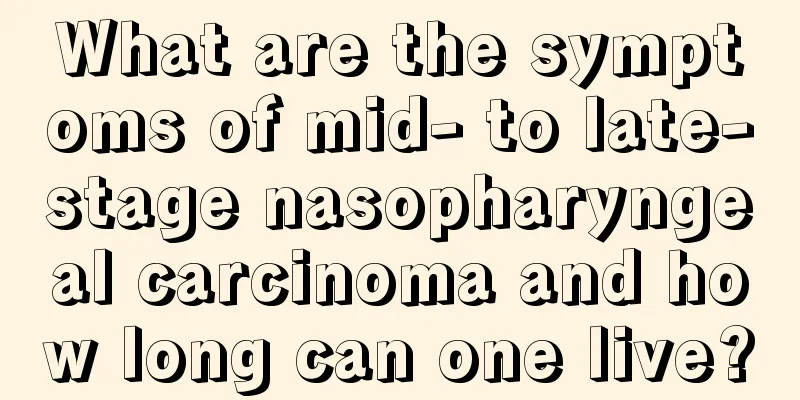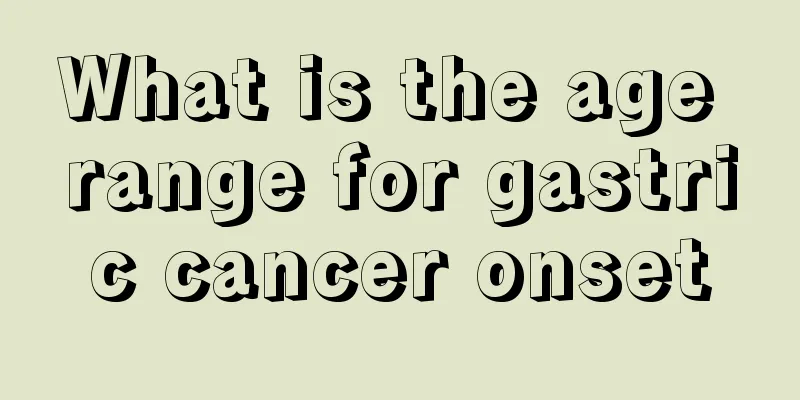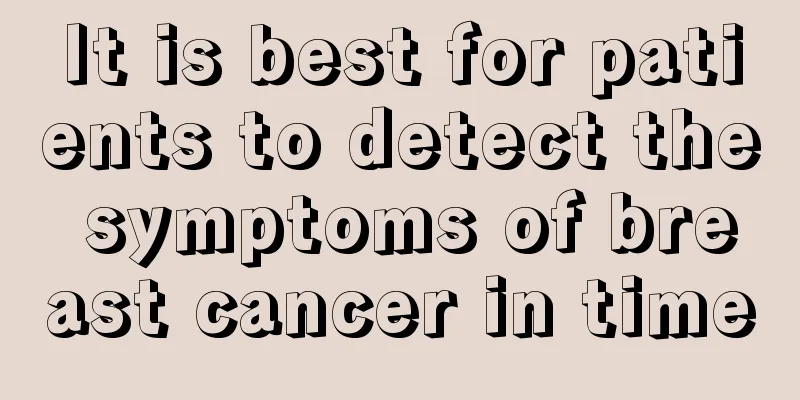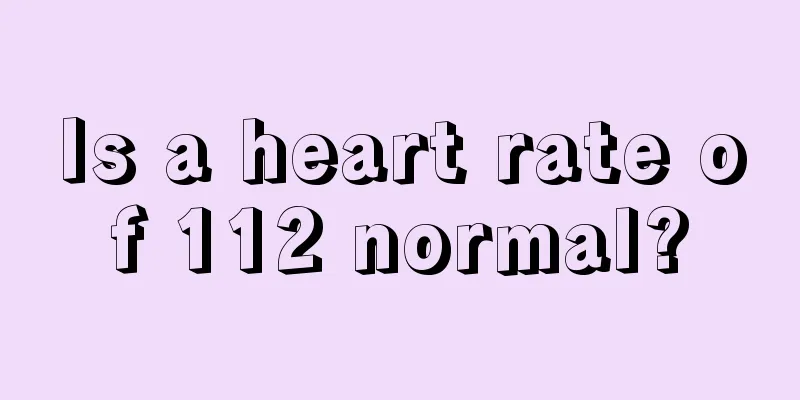What causes headache and eye pain?

|
If you have a headache or eye pain, you should pay attention to whether it is caused by a neuralgia, because many people will encounter this phenomenon in life. Sometimes facing more work and life pressure can also trigger this symptom, and the patient will also show adverse symptoms such as anxiety, palpitations, shortness of breath, etc. 1. Neuralgia mainly refers to tension headache, functional headache and vascular neurosis headache, which are mostly caused by mental tension and anger. The main symptoms are persistent dull pain, pressure and heaviness in the head. Some patients complain of a feeling of "tightening" in the head. Most patients have headaches on both sides, mostly on the temporal sides, occipital area, top of the head or the entire head. The nature of the headache is dull pain, distending pain, pressure, numbness and a band-like tight feeling. 2. The intensity of the headache is mild to moderate, and it is rare for the patient to be bedridden or have his or her daily life affected by the headache. Some patients may have persistent headaches for years, and some patients' symptoms can even be traced back 10-20 years. The patient may have headaches all day long, with headaches lasting longer than pain-free time. Headaches are often aggravated by factors such as excitement, anger, insomnia, anxiety or depression. There are also some patients who not only have the characteristics of tension headache, but also have the clinical manifestations of vascular headache, and complain of bilateral temporal pulsating headache. This clinical manifestation of both tension headache and vascular headache is called mixed headache. 3. Patients are often accompanied by symptoms such as dizziness, irritability, anxiety, palpitations, shortness of breath, fear, tinnitus, insomnia, back pain, and neck stiffness. Some patients have obvious tenderness points on both sides of the neck or temples. "Comprehensive physical therapy" for neuralgic headaches "Comprehensive physical therapy" includes electroacupuncture therapy, neuromuscular electrical stimulation therapy, electrical excitation therapy, meridian leveling therapy, and massage therapy, etc. The treatment is based on a course of treatment. Generally, one course of treatment is one month. After one month of comprehensive hospitalization, the patient can go home and continue to take medication. 4. For many chronic cases, the course of the disease is more than 10-20 years, and the hospitalization time needs to be appropriately extended. Continuous treatment can be 2-3 months, and most patients can recover. |
<<: What's going on with itchy eyes and swollen eyelids?
>>: How to treat adrenal pheochromocytoma
Recommend
What is the reason for breast bleeding
Female friends should pay attention to caring for...
Explain the causes of cervical cancer in detail for you
The cervix is an important part of a woman'...
Ultrasound imaging features of pancreatic cancer
In clinical practice, ultrasound examination can ...
What are the effects and functions of Platycladus orientalis leaf pillow?
Platycladus orientalis is a plant with a very spe...
Can persimmon leaves lower blood sugar?
Now as people's lives are getting better day ...
Does hysterectomy for endometrial cancer affect life expectancy?
Cancer is not far from us. As people's living...
Can detergent be used to wash down jackets?
Down jackets are an indispensable piece of clothi...
I have a cold and my urine is very yellow
As a complete body system, all the organs in our ...
What is the reason for high total cholesterol
Total cholesterol is the sum of all cholesterol a...
What are the precautions for electricity use in summer
We can easily find a phenomenon, that is, there a...
What will severe moisture cause
Now is a season with relatively humid climate and...
How does bladder cancer develop
Bladder cancer ranks fourth among all male cancer...
Detailed explanation of precautions for prostate cancer
Prostate cancer is a malignant tumor in urology, ...
What are the effects and functions of Shenmai Drink
Nowadays, many people often stay up late because ...
Is targeted therapy for liver cancer effective? Introduction to targeted therapy for liver cancer
Liver cancer is a malignant tumor that is extreme...









